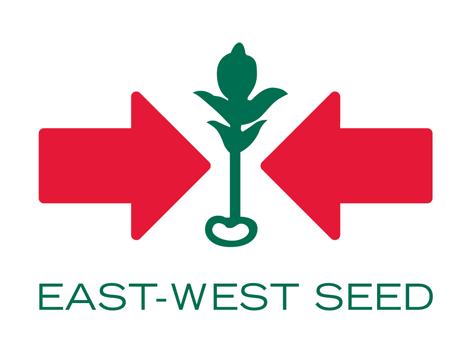| Characteristic Symptoms: | |
 |
Infected plants appear chlorotic, stunted, necrotic or wilted especially during periods of moisture stress and high temperatures. |
 |
Galls or knots are formed on the roots measuring 1-10mm in diameter or larger depending on the nematode species and gall location in the root system. |
 |
Severely infected root system are malformed with shortened and thickened individual roots suppressing root branching and growth. |
 |
Intensive galling reduces root efficiency resulting in permanent wilting, premature defoliation and plant death. |
| Conditions for Disease Development: | |
 |
J2s which are the infective stage of the root-knot nematode are most active at soil moisture levels of 40-60% of field capacity. |
 |
They are most abundant causing serious problems to their hosts in sandy soil with good drainage. |
 |
Plants stressed physically or by biological factors are more susceptible to attack and damage of nematodes. |
| Management and Control: | |
 |
Use resistant varieties, if available. |
 |
Crop rotation with non-hosts crops. |
 |
Grow crops that are antagonistic to nematodes like marigold to reduce population of plant parasitic nematodes. |
 |
Long fallow periods, deep plowing, solarization are also effective in reducing nematode population. |
To view other diseases, click here.
Need more help? Ask the Doctor.




